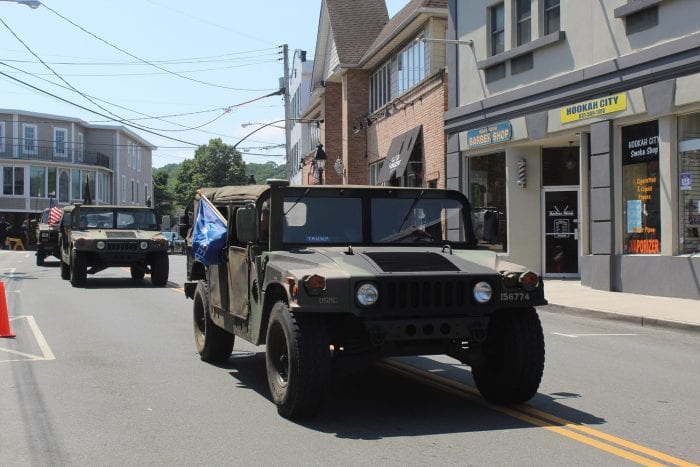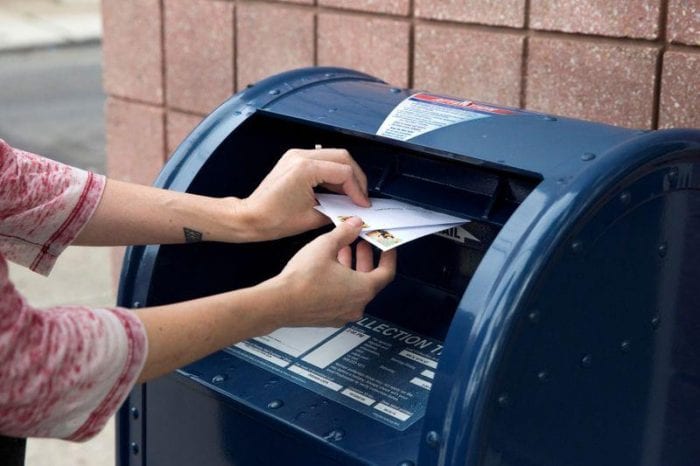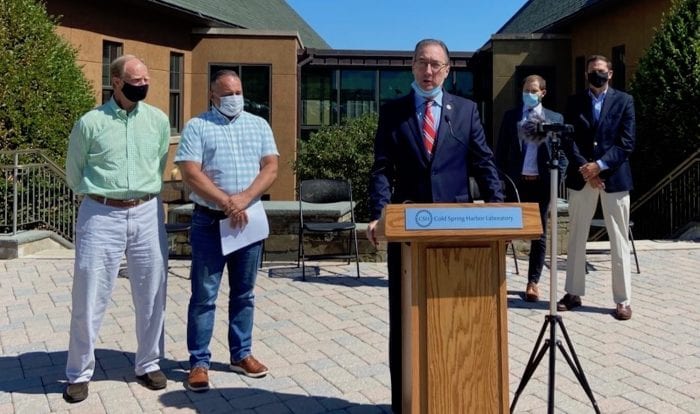A decade after the Long Island Power Authority sought to reduce the taxes it paid on the Northport Power Station, the Huntington Town Board voted to approve a settlement 56 minutes before the offer on the long-standing case expired.
With the possibility of a judgment that would not only hurt Huntington’s finances but would also have implications for the economy of Suffolk County, the Town Board voted 4-1 at 11:04 p.m. Sept. 3 to support a settlement that will cut LIPA’s taxes to $46 million from $86 million over the next seven years.
During a public forum that ran for well over five hours, Supervisor Chad Lupinacci (R) said he supported the settlement, in part because he wanted to protect the value of real estate. He also described it as a transaction the town could be “proud of.”
Councilman Gene Cook (R) voted against the terms because he suggested the board was elected to fight for the people.
Several residents spoke during the virtual hearing, with some expressing their reluctant support and others bristling at the deadline to agree to the settlement in the midst of the pandemic.
As part of the terms of the deal, LIPA also agreed to pay the town an additional $1 million each year for 2021-23.
LIPA had submitted an appraisal in 2019 that valued the property at the Northport power plant, which has the four tall red-and-white smokestacks that are visible from the Long Island Sound, at $193 million, considerably below the original $3.6 billion assessment. A judgment in favor of LIPA could have dramatically cut LIPA’s taxes while putting the town on the hook for a refund and interest liability of $825 million.
The Suffolk County Tax Act would require the county to pay the LIPA refund, which the county would then have to charge back to the town.
While the county could raise funds from public investors to pay LIPA, county Comptroller John Kennedy Jr. (R), who supported the settlement, laid out the extreme difficulty in such a course of action.
“We had to go into the market in April for a $105 million budget anticipation note,” he said. “We got slaughtered. We had to pay 4%” interest on that money. “That’s the equivalent of going to a leg breaker. We’re not in a good financial position at all. Saying we’re shaky” in raising any additional funds, let alone $1 billion, “is an understatement.”
Additionally, County Executive Steve Bellone (D), who voiced his support through a letter prior to the vote, argued that the settlement was “far better than anything [else] offered during the course of the dispute.”
As a part of the settlement, LIPA has agreed to waive all refund liability upon compliance, will pay $14.5 million to the Northport-East Northport school district and will have a lower assessed valuation for seven consecutive years to achieve tax payments not exceeding $46 million by 2026-27.
In years eight through 12, the taxes would remain steady at $46 million.
In addition to the financial implications, the settlement withdraws all appeals and pending lawsuits and gives the town a most-favored nation entitlement, which means that the town would be eligible for similar terms that other municipalities negotiated with the power authority.
The settlement also protects against a ramp down or the retirement of units, which means that the tax base won’t decline even if LIPA closes down some of the capacity of its Northport facility.
The implications of the deal are most profound for residents of Northport and East Northport. For an average residential home worth $484,868, taxes would increase by an average of $370.29. That is still well below the $4,558 increase residents would have seen if LIPA had won a court judgment.
For South Huntington, the increase in the residential tax assessment is a much more modest $22.57 per year for a home valued at $388,816.














